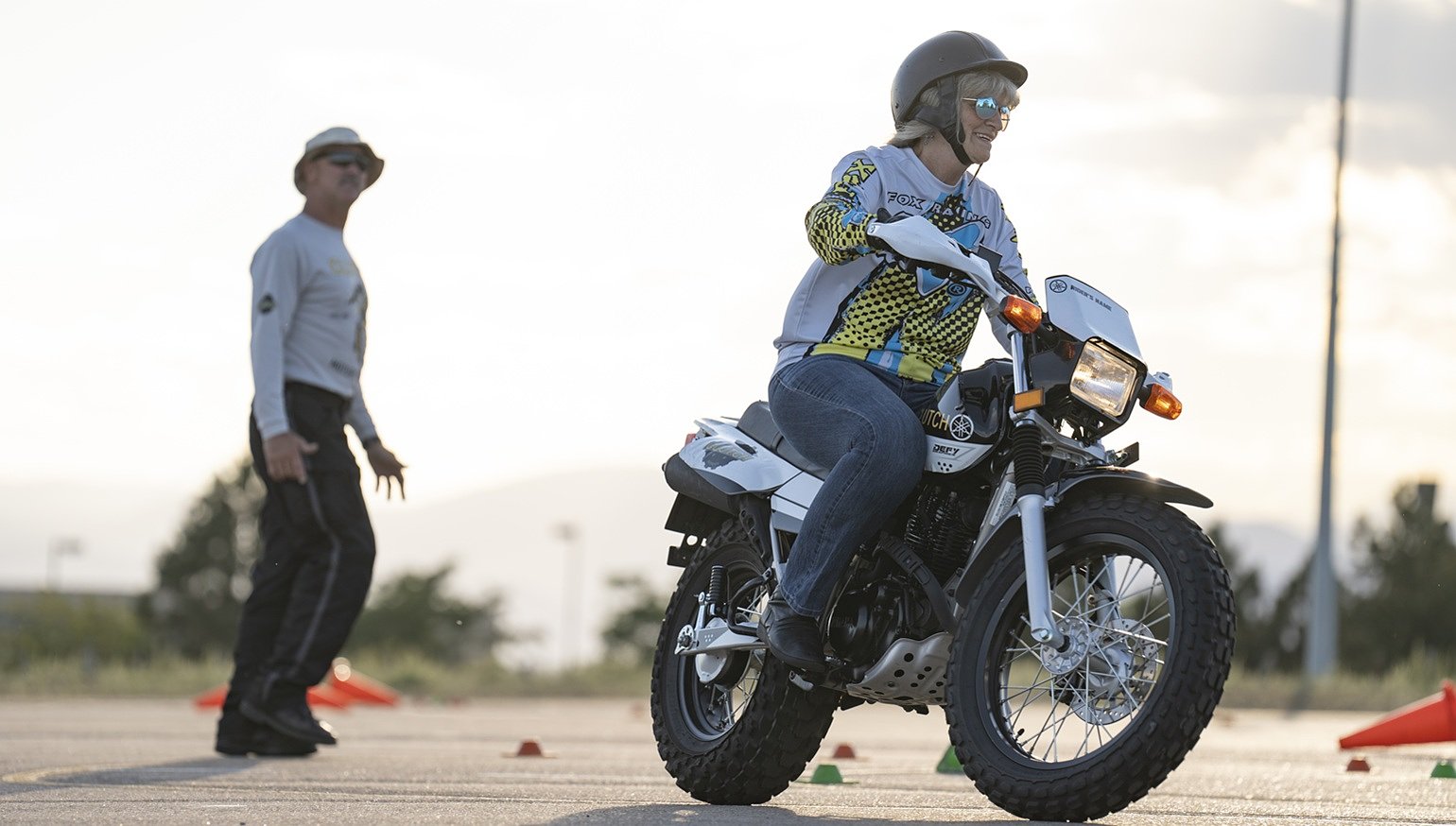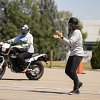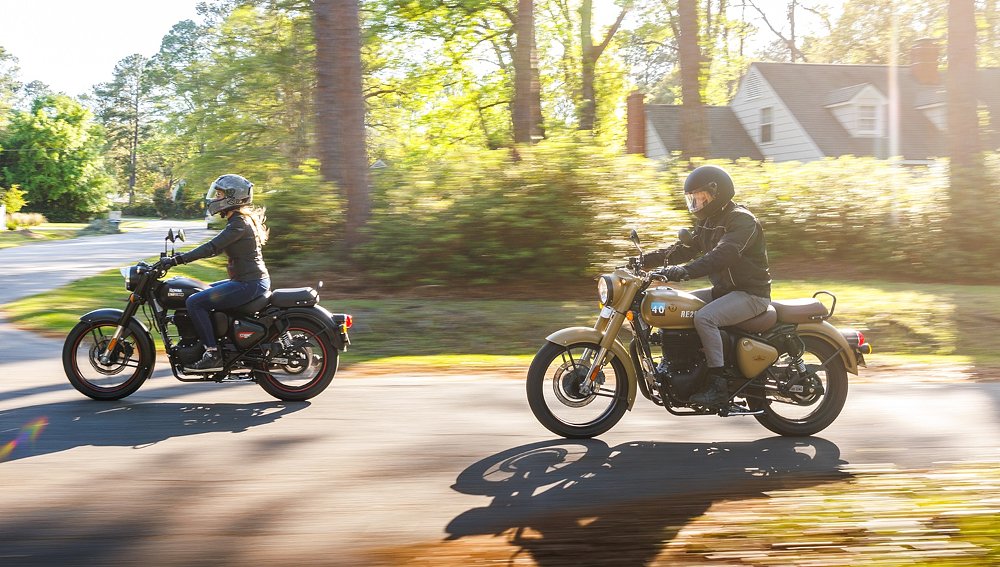The best thing about teaching folks to ride motorcycles is the shared giggling-out-loud delight of someone who has just learned to ride a motorcycle for the first time.
There are other benefits. For the most focused and open-minded instructors, it tends to make you, the instructor, a better rider. And while you won’t make much money instructing, you do get paid.
How do you know if you’re cut out to be an instructor? For this article, I am only addressing basic street-riding instruction. You know, the folks who teach people to ride, in parking lots (we call them ranges), and who prepare them for state motorcycle license tests, as well as those who conduct those tests in many states. I am not addressing advanced, specialized, track-based, off-road, or other forms of instruction.
My experience in this area is as a Washington Motorcycle Safety Program (WMSP) certified Motorcycle Safety Foundation (MSF) RiderCoach. I have taught the Basic RiderCourse regularly since 2011. These days I mostly teach as an independent contractor with Cascade Motorcycle Safety. In Washington state, all endorsement or permit-oriented motorcycle instruction and testing is conducted by independent contractors such as Cascade Motorcycle Safety.
I also have more than 50 years of teaching experience in a range of subjects, levels, and ages, from pre-kindergarten to graduate school.

So, what attitudes, skills, knowledge, and experience does an instructor need? Here is my personal list.
Openness to learning, growing, and feedback
The best instructors are constantly questioning their methods and looking for opportunities to learn and grow as riders and expand their knowledge. And they are very careful not to claim knowledge that they don’t have. I have yet to meet a perfect coach — and I’ve worked with some of the best.
“The ideal candidate is someone who says, ‘You know, I’ve been riding for a long time, but I bet I’m going to learn something today!’” said Earl Damron of Total Control Training.
I learn something from my students about how to be a better instructor every time I teach. And I just taught this past weekend.
Learner- or student-centered
This is very important. It really has to be all about the student, what they need to learn and be successful — not about telling your favorite self-aggrandizing story. It is also very important, regardless of your own biases — and we all have them — to be genuinely welcoming, patient, kind, and caring to all. For a great many of our students, learning to ride is scary and intimidating. An impatient and angry instructor can significantly increase a student’s anxiety.
“Most students are beginners and are very anxious,” said Pat Hahn of the training program Team Oregon. “Instructors need to put people at ease and help them feel safe and welcome. If students don’t feel someone is looking out for them, they won’t learn.”
Organized, punctual, and willing to do unglamorous work for long hours
Motorcycle instruction almost always operates on a strict schedule. Instructors must be early, prepared, and efficient.
Most basic or beginner classes are two days long. On a typical day, an instructor will arrive at 7 a.m. for a class that begins at 8 a.m. and set up the classroom or the range. In the classroom, that means assembling paperwork such as registration forms, legal waivers, and rules, plus curriculum support materials. On the range that means unloading the motorcycles, checking them to make sure they are ready, and ensuring students have the required gear. Over the next five hours, the instructor will set up the range for exercises, ride demos, instruct riders, and give concise and focused feedback.
Here's where the stress comes in: As the instructor or coach, you are responsible for the emotional and physical safety of your students. So, you are simultaneously watching over six, eight, or even (with a partner) 12 students as they ride an exercise.

Then, at the end of the day, you put away everything, bikes, cones and other equipment. All of this is repeated — usually with testing — for the second day. A person thinking of being an instructor should “consider how well you can tolerate being outdoors for long stretches of time, being able to walk and stand on your feet for extended amounts of time, being able to move multiple bikes and complete minor paperwork, and how well you can work in heat, humidity, rain, or cold,” said Andria Yu of the MSF.
Intermediate riding skill and desire to improve
Being an expert rider doesn’t make you an expert instructor. Some of the best instructors start when they are relatively new riders, say about three to five years of street riding. Riders with many years of experience can become excellent instructors — if they are open, humble, and self-critical. Riders who regard themselves as experts should think very carefully before becoming riding instructors. Is your goal to share your great wisdom? Then maybe consider a different venue.
The latter are the ones Hahn calls the “cowboy,” someone unwilling to follow a script. Earl Damron echoed this concern: “Someone who is not coachable themselves, who thinks, ‘I’ve got lots of riding experience, and I want to pass on my wisdom and make some money.’” These riders may be experienced, but they don't make good instructors.
In addition to riding experience and attitude, I add another point. Please do not even consider for a moment becoming an instructor for beginning street riders if you do not ride on the street almost every day that it is possible where you live.
“Being a motorcycle enthusiast is key, and by that we mean someone who is excited about motorcycling and all the fun and joy that it brings to their life,” said Yu. “And they should be someone who wants to share that with others. They should absolutely be a competent, confident, safety-minded rider. They should be knowledgeable, but they don't have to know all the inner workings of a motorcycle or know all the latest models or even be someone with decades of riding experience.”
Public speaking or teaching experience, ability to listen
Teaching experience is helpful, but not required. The best instructors come across as relaxed, competent, and engaged — without taking up too much space. One of the hardest things for many coaches is not to talk too much — also known as “shutting the f*** up.” Students only learn to ride if they are riding. Impromptu (and always inaccurate) lectures on counter-steering are not helpful.
“We find the most successful candidates are those who enjoy learning themselves and who can relate to others who are trying to learn,” said Yu.
Teaching experience can also be handy on those occasions when you have to make tough decisions and communicate them respectfully to a student who is not ready to be a rider or needs more basic practice and more time than we can provide in a group class setting. For their own safety, we may need to counsel them to stop riding with the group and try a different approach. Many riding schools offer both private lessons and pre-basic classes.
Understand and value community and practice mutual aid
All we have is each other — and as riders this is particularly important. The basic or beginner rider class is for many of our students their first experience in being part of the community of riders. At its best, our community is generous, kind, and caring. Instructors should show students our best.
That means making all kinds of people feel welcome and supported, even when they are different from you or have different motivations for wanting to learn to ride. In some cases, being bilingual is an asset. In all cases, it means welcoming students as they are and not being a “gatekeeper,” deciding who deserves to be a motorcyclist and who is doing it “right.”
“If you are not able to understand and participate in other people's joy of motorcycling, whatever that is, you are not going to be a great riding coach,” said Jesse Murphy of Cascade Motorcycle Safety. “This is the entry point for everyone — stunt riders, hooligans, cruiser riders, sport riders, café/rat bike, chopper/bobber folks, vintage obsessed — they’ve all got to feel that you support their journey.”
Who shouldn’t be an instructor?
There are some people I very much do not want to see as instructors. Those include bigots of all types, including racists, sexists, homophobes, and any others who won’t welcome all students. Old-school yellers or “drill sergeant” types. People who like being in charge, dominating others, and who are self-important and want to be the center of attention. People who are perennially late or disorganized won’t be successful.
As mentioned above, we don’t want people who see themselves as gatekeepers — you know, those who think they should get to decide who is good enough to ride based on anything other than a person’s performance on the riding test.
Finally, anyone who is looking for a quick and easy way to make money is not a good candidate. You will get paid, but the motivation should be to share the joy of riding and give back to motorcycling. “Some of the best instructors come into it thinking it is volunteer work and are surprised when they find out they will be paid,” said Hahn.

So how do you become an instructor or RiderCoach?
So the job involves a lot of hard, unglamorous, stressful work — outside in all weather — and the pay won't make you rich. And some of your students will definitely try your patience as you listen politely to complaints about trainer bikes (pro tip: the problem is almost never the bike). Still interested? After all it does involve motorcycles, fun, and joy!
Your state most likely has a motorcycle safety and licensing program administered by the department of licensing (DOL) or other state agency. In some states instructor training is managed directly by the state, in others this is contracted out or assigned to the schools. Check your state DOL website.
The MSF has a long-established and constantly evolving RiderCoach Preparation (RCP) program, which typically costs between $500 and $1,000 and takes four full weekends plus an additional eight to 10 evening sessions. In addition to passing the RCP, MSF RiderCoaches are required by most states or contractors to teach two or more “mentor” classes, where they are observed by an experienced mentor RiderCoach as they teach.
Many states or programs also require the prospective instructor to take and pass the current version of their Basic RiderCourse. This is a good idea, even if you took the course in the past, because it likely has changed significantly. Programs other than MSF will vary in the details, but the basic approach will be similar.
Team Oregon has an approach that emphasizes lots of actual mentored instruction and bringing the new instructor into the Team Oregon community. Total Control Training (TCT) recommends prospective instructors observe a couple of classes in their entirety, knowing that as a TCT instructor you will be expected to deliver the curriculum content you have witnessed using the manner of delivery you observe.
Fortunately, many programs will allow, or require, prospective instructors to shadow classes. You should do this if you are interested in coaching! At that point, if it still seems like a good fit for you, put in your application for the training program. We never have enough thoughtful, kind, and effective basic riding instructors. “We need people with big hearts, lots of energy, who want to give something back,” said Hahn of Team Oregon.
So, I hope some of you will consider giving back by becoming basic riding instructors. And if some of the negative criteria above apply to you, I hope some of you will not.


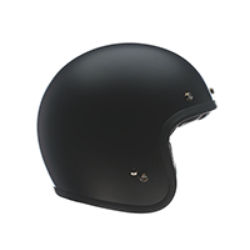



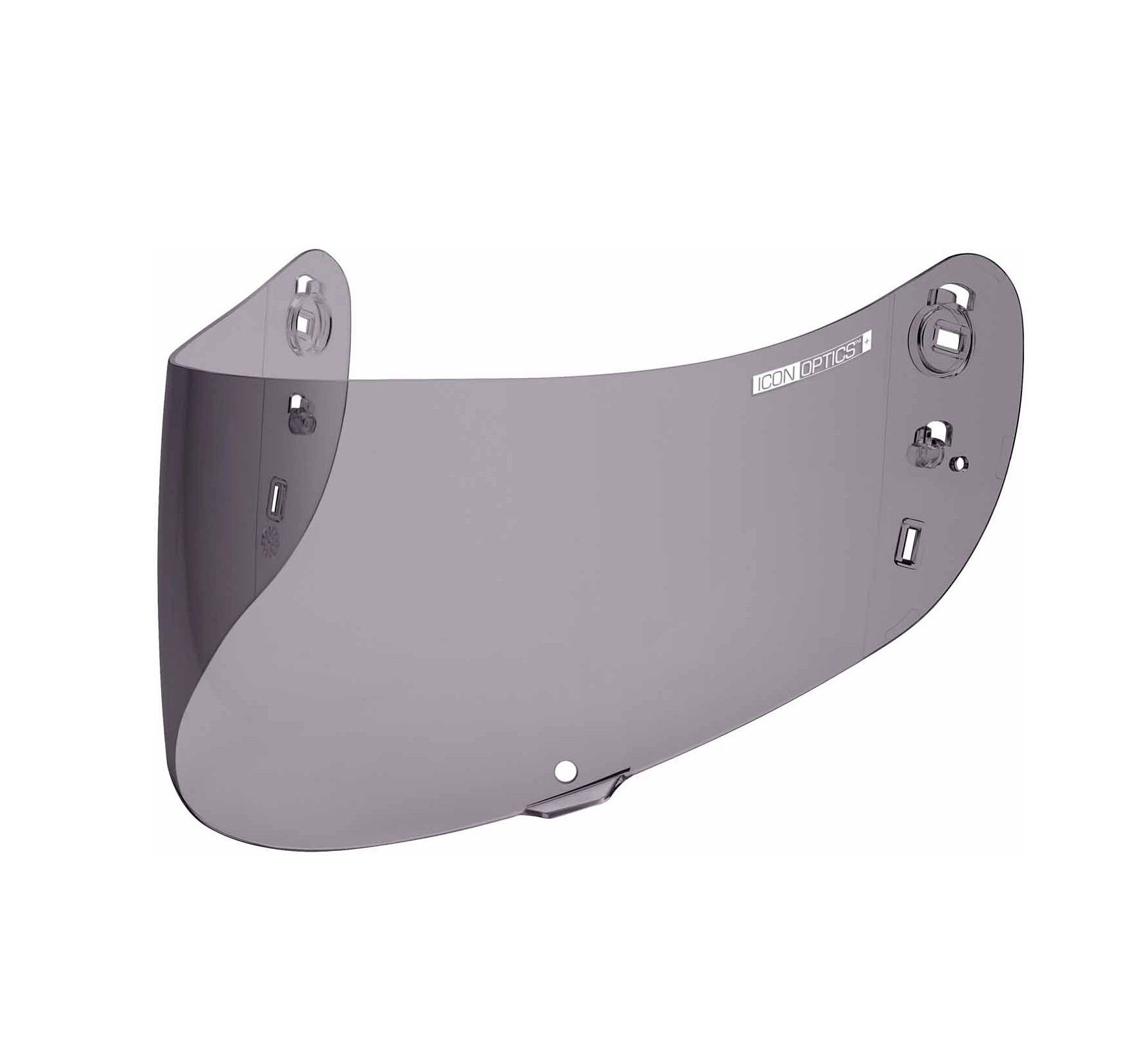
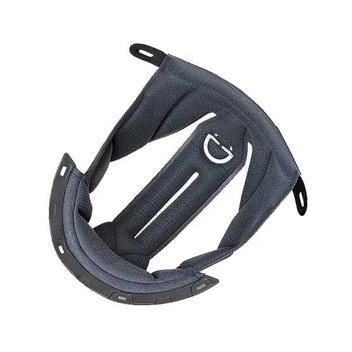

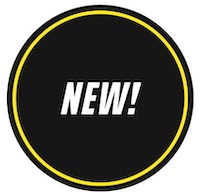

 Membership
Membership

